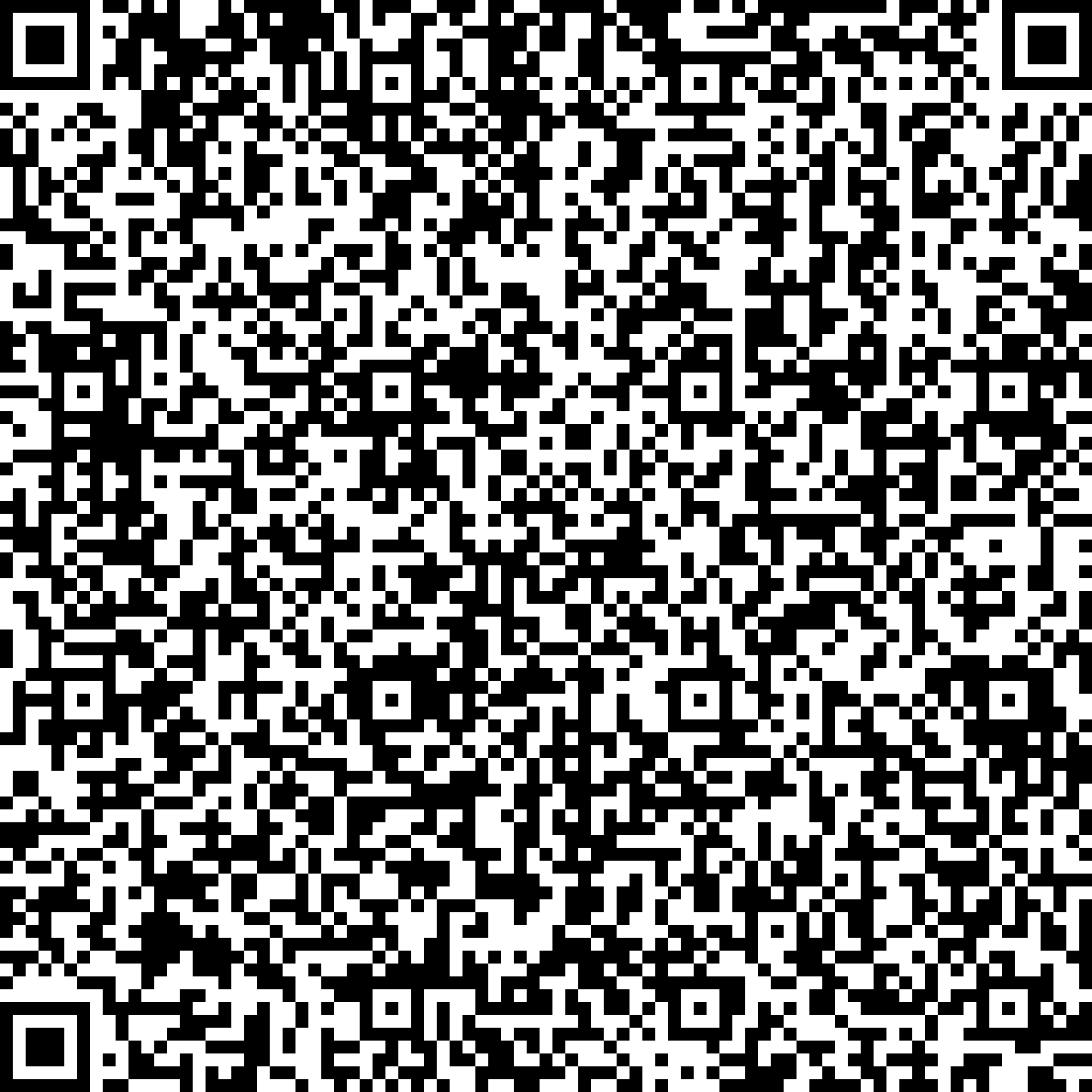


I will discuss effects of the internal dynamics of molecular spin systems coupled to metallic leads. Two systems will be presented: In the first part of my talk, I will consider electrical transport through molecular spin rings in the presence of an easy-axis anisotropy. A Zener double-exchange mechanism links transport properties to the underlying spin structure. For an antiferromagnetic coupling of the spins, this can lead to a strong contact-site dependence of the current trough the ring. [1] The second part of my talk will be concerned with the implementation of a fundamental quantum gate, the so-called square-root-of-swap operation, in a specific class of molecular systems. These systems comprise three parts: two localized spins 1/2 forming the qubits and a central core, which couples the two spins via an indirect exchange mechanism. By charging and decharging of the central core, the exchange interaction between the two qubits can be controlled and the square-root-of-swap gate can be realized.
[1] J. Lehmann, D. Loss, arXiv:cond-mat/cond-mat/0608642.



I will discuss effects of the internal dynamics of molecular spin systems coupled to metallic leads. Two systems will be presented: In the first part of my talk, I will consider electrical transport through molecular spin rings in the presence of an easy-axis anisotropy. A Zener double-exchange mechanism links transport properties to the underlying spin structure. For an antiferromagnetic coupling of the spins, this can lead to a strong contact-site dependence of the current trough the ring. [1] The second part of my talk will be concerned with the implementation of a fundamental quantum gate, the so-called square-root-of-swap operation, in a specific class of molecular systems. These systems comprise three parts: two localized spins 1/2 forming the qubits and a central core, which couples the two spins via an indirect exchange mechanism. By charging and decharging of the central core, the exchange interaction between the two qubits can be controlled and the square-root-of-swap gate can be realized.
[1] J. Lehmann, D. Loss, arXiv:cond-mat/cond-mat/0608642.